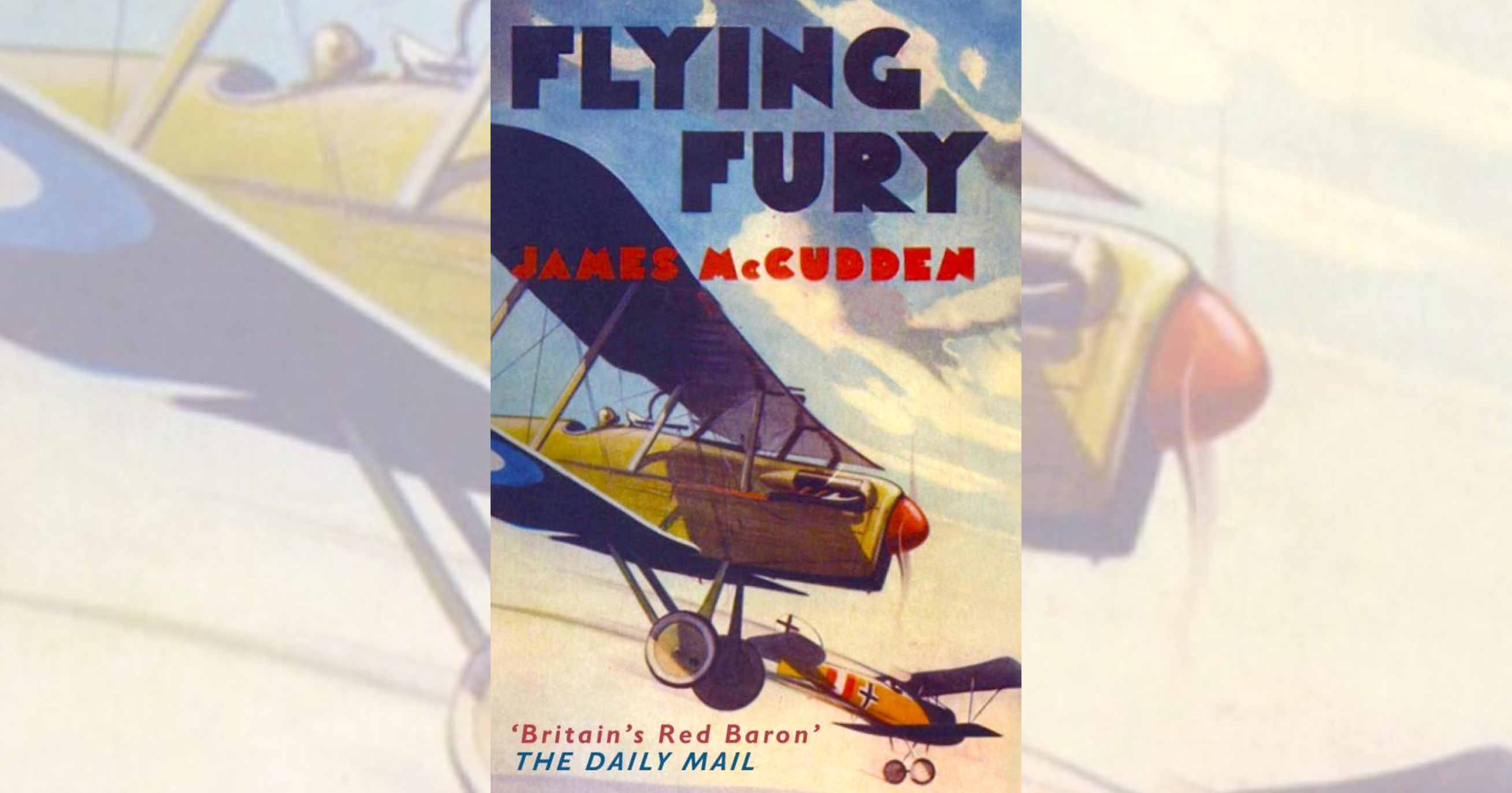Flying Fury: Five Years in the Royal Flying Corps by Major James T.B. McCudden
World War I produced a remarkable trove of literature from airmen whose writing talents often equaled their courage and deadly proficiency in aerial combat. Among the most readable and most often read memoirs of that conflict is the book by a pilot whose fame could well rest on merely his deeds, yet whose writing has embodied the spirit of the typical young lad in the Royal Flying Corps for generations.
James Thomas Byford McCudden was 15 when he joined the Royal Engineers in 1910, transferring to the RFC as a mechanic in 1913. During the war he flew as an observer before qualifying to pilot F.E.2ds, de Havilland D.H.2s, Sopwith Pups and S.E.5as. He came into his stride as B Flight leader in No. 56 Squadron. The 57 victories with which he was credited included four in one day.
On April 6, 1918, King George V awarded McCudden a bar to his Military Cross, the Distinguished Service Order and bar and the Victoria Cross. The airman completed his memoir just before being given command of No. 60 Squadron on July 8, 1918, and was fatally injured in a crash two days later.
Since that tragic anticlimax to his saga, Five Years in the Royal Flying Corps has been reprinted a number of times, its U.S. edition adopting the catchier title of Flying Fury. It combines the idealism of a young Briton in military aviation’s heady pioneer days with the attention to detail of a man who worked on planes before he learned to fly them.
McCudden describes his own deeds with a combination of on-the-spot excitement and analytical detachment. He does not boast of his prowess but expresses satisfaction whenever he triumphs over adversity, and is not reticent about giving due praise to an enemy who occasionally escapes or outfights him. McCudden describes being pursued by a persistent Albatros D.II while flying a D.H.2 on December 27, 1916: “I continued to do halfrolls and got over the trenches at about 2,000 feet, with the Hun still in pursuit, and the rascal drove me down to 800 feet a mile west of the lines, when he turned off east, and was shelled buy our A.A. guns….Soon after landing, I met Captain [G.T.R.] Hill, who looked at me as at a ghost. ‘What?’ he said. ‘You here? Why, [Captain Harold J.] Payn has just said that you went down out of control over Hunland, with a fat Hun in attendance.’ ‘Yes,’ I said, ‘so I did; that is why I am here.’”
Arguably McCudden’s best known-account deals with the fight between his flight and a lone Fokker F.I triplane that ended with the German—48-victory ace Werner Voss— being shot down by Lieutenant Arthur P.F. Rhys Davids. Voss’ place in history owes much to McCudden’s requiem: “His flying was wonderful, his courage magnificent, and in my opinion he is the bravest German airman it has been my privilege to see fight.”
Originally published in the January 2009 issue of Aviation History. To subscribe, click here.





